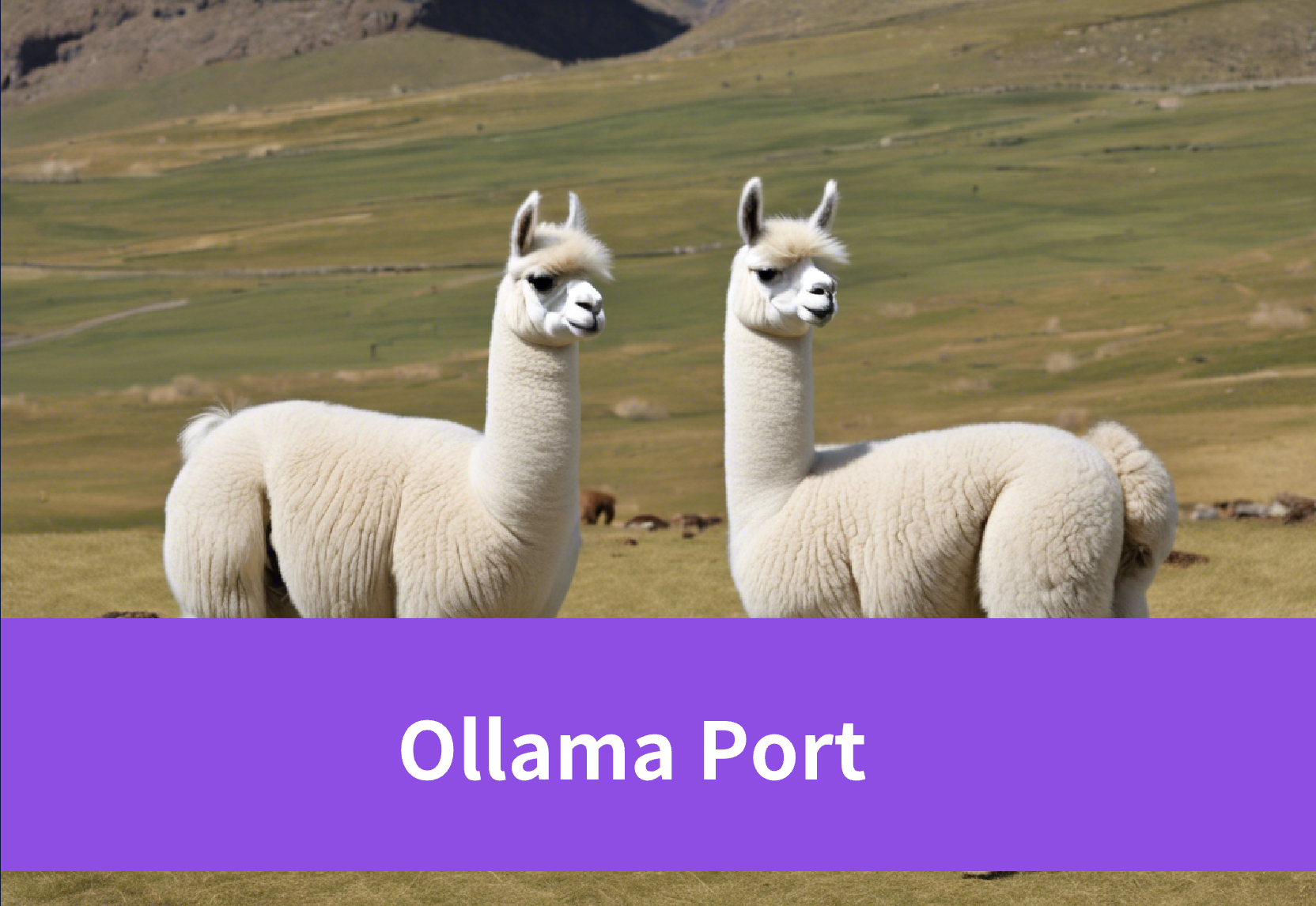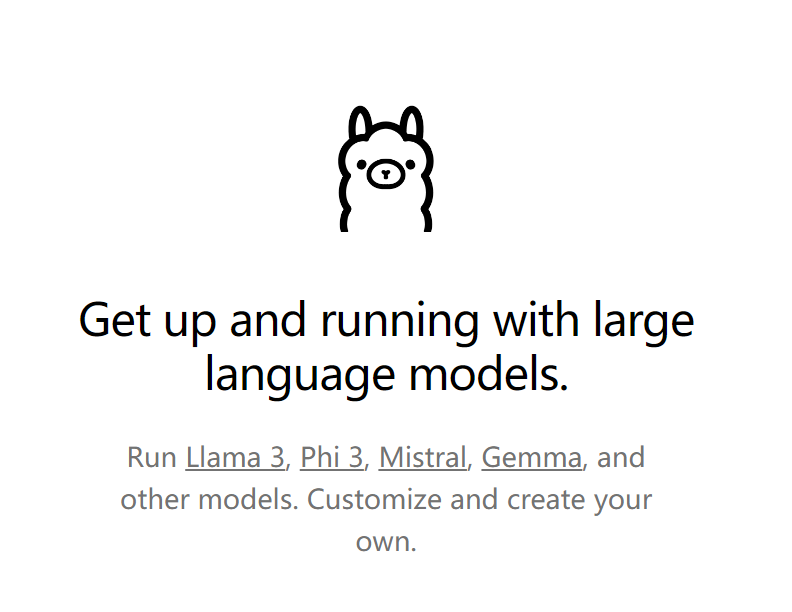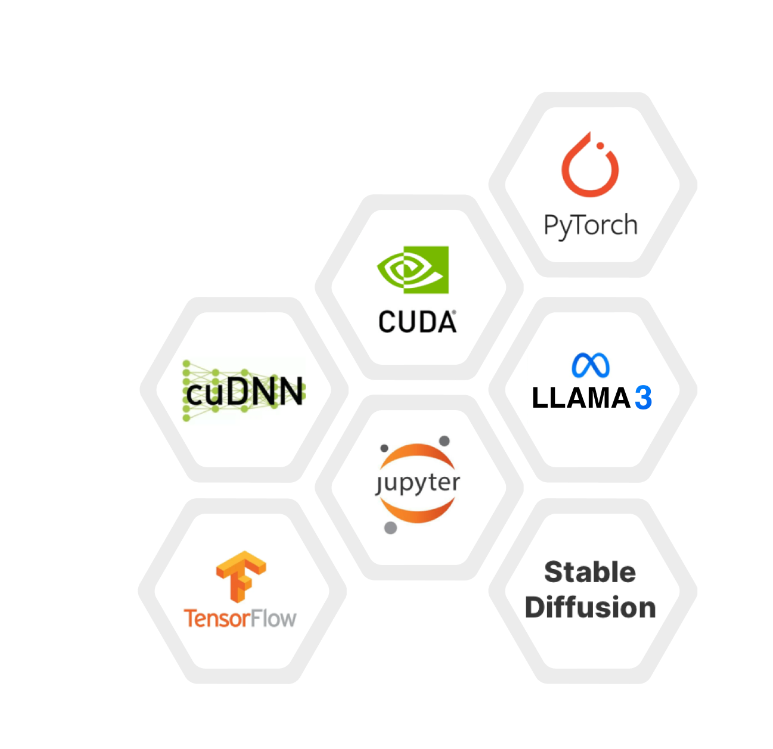From Concept to Reality: A Guide to Efficient Ollama Port

Introduction
Ollama emerges as a pioneering open-source LLM platform, designed to simplify the complexities of running Large Language Models (LLMs) on local machines. It stands as a testament to the potential of democratizing AI technology, offering users the ability to harness the power of LLMs without the need for extensive infrastructure or specialized knowledge.
What is Ollama used for?
By providing a user-friendly interface and robust support, Ollama bridges the gap between advanced AI capabilities and the broader user community.Llama3, a significant component within the AI ecosystem, complements Ollama by enhancing its analytical and processing capabilities. It serves as an extension of the platform's functionality, enabling users to tackle more complex AI challenges with greater precision and efficiency.As we delve into the ollama port process, we introduce Novita AI Pods as a potential partner for advanced AI integration. With their expertise in providing scalable and efficient AI solutions, Novita AI Pods could be the key to unlocking new levels of AI performance and accessibility.
The Ollama Ecosystem
Llama3 represents a significant advancement in the capabilities of AI, complementing the Ollama platform with its sophisticated algorithms and expansive dataset. Through the ollama port process, Llama3's integration with Ollama is not only facilitated but also ensures that the advanced AI features it offers are easily accessible to a wide range of users. As a powerful addition to the Ollama ecosystem, Llama3 enhances the platform's offerings by providing advanced features that cater to more complex AI tasks. The ollama port process is a testament to the modularity and extensibility of the platform, allowing users to leverage the strengths of Llama3 while maintaining the ease of use that Ollama is known for.

Key Features and Functionalities of Ollama
Cross-Platform Compatibility
Ollama is designed to be universally accessible, offering versions compatible with macOS, Linux, and Windows (in preview). This cross-platform support ensures that users, regardless of their preferred operating system, can leverage the power of large language models with ease.
Model Diversity
One of the standout features of Ollama is its support for a variety of large language models, including Llama 3, Phi 3, Mistral, and Gemma. This diversity allows users to choose the model that best fits their specific needs and use cases, from natural language processing to complex data analysis.
Customization Capabilities
Ollama goes beyond just running existing models; it enables users to customize and create their own models. This feature opens up a world of possibilities for researchers and developers who wish to tailor AI models to their unique requirements and innovate in the field of machine learning.
User-centric Design
The platform is built with a user-centric design philosophy, ensuring that even those without extensive technical backgrounds can navigate and utilize Ollama's capabilities. Its intuitive interface and comprehensive documentation make it easy for newcomers and experts alike to get started and make the most of the platform.
Llama3: A Powerful Addition
Llama3's integration with Ollama is facilitated through ollama port, marking a significant advancement in the capabilities of AI. This process ensures that Llama3's sophisticated algorithms and expansive dataset are easily accessible, complementing the Ollama platform and enhancing its offerings with advanced features tailored for complex AI tasks. The ollama port is a testament to the platform's modularity and extensibility, allowing a wide range of users to leverage the strengths of Llama3 while preserving the user-friendly nature that Ollama is known for.
Preparing the Environment for Integration
Before the ollama port process can begin, it's crucial to prepare the environment, a journey that involves a thorough assessment of system requirements for integrating Ollama, Llama3, and Novita AI Pods. This preparation is essential for understanding the hardware and software prerequisites necessary to support the seamless operation of these AI technologies. Ensuring compatibility is paramount throughout the ollama port process, as it lays the foundation for an integrated ecosystem that can perform optimally, allowing the advanced AI features of Ollama and Llama3 to be accessible and leveraged effectively.
Step-by-Step Integration Process
Step 1: Environment Setup with Novita AI Pods Infrastructure
Initiating the ollama port process involves the crucial first step of setting up the environment using Novita AI Pods' scalable GPU cloud infrastructure, which is designed to be cost-effective and conducive to AI innovations. By leveraging on-demand GPU capabilities, users can maintain high computational power while reducing cloud costs, laying a solid foundation for the subsequent steps of the ollama port process.

Step 2: Installation and Configuration of Ollama
Following this foundational step, the next phase in the ollama port process is the installation and configuration of the Ollama platform. This step is meticulously crafted to be user-friendly, ensuring that individuals, regardless of their technical expertise, can successfully port Ollama to their local machines and set up the necessary configurations for effective communication with cloud-based GPUs.
Step 3: Incorporating Llama3 into the Existing Ollama Framework
The ollama port process then progresses to the incorporation of Llama3 into the existing Ollama framework. This integration is a critical step that extends the capabilities of Ollama by seamlessly incorporating Llama3's advanced AI features, thereby offering an enhanced and more powerful AI solution.
Step 4: Testing the Integrated System for Performance and Reliability
Finally, after the ollama port process is completed, it is essential to rigorously test the integrated system for performance and reliability. This involves executing a series of benchmarks and real-world use cases to validate that the system operates optimally and that the ollama port process has been successful, resulting in a robust and efficient AI ecosystem.
The Future of AI Integration
The future of AI integration with open-source projects like Ollama, bolstered by partnerships with entities such as Novita AI Pods, is promising. The ollama port process, which is set to remain a vibrant hub for innovation, will continue to bridge the gap between cutting-edge AI research and practical, real-world applications. With a community of developers continuously contributing to its growth and improvement, the ollama port process promises a bright future that seamlessly connects advanced AI capabilities to a wide range of users and applications.
Frequently Asked Questions
How can I expose Ollama on my network?
Ollama is configured to use port 11434 at the IP address 127.0.0.1 by default. To alter the binding address, utilize the OLLAMA_HOST environmental variable for customization.
How can I allow additional web origins to access Ollama?
By default, Ollama permits cross-origin requests from the localhost addresses 127.0.0.1 and 0.0.0.0. You can specify additional allowed origins through the configuration of the OLLAMA_ORIGINS environment variable.
For other possible questions you can find answers in FAQs.
Novita AI, the one-stop platform for limitless creativity that gives you access to 100+ APIs. From image generation and language processing to audio enhancement and video manipulation, cheap pay-as-you-go, it frees you from GPU maintenance hassles while building your own products. Try it for free.
Recommended reading